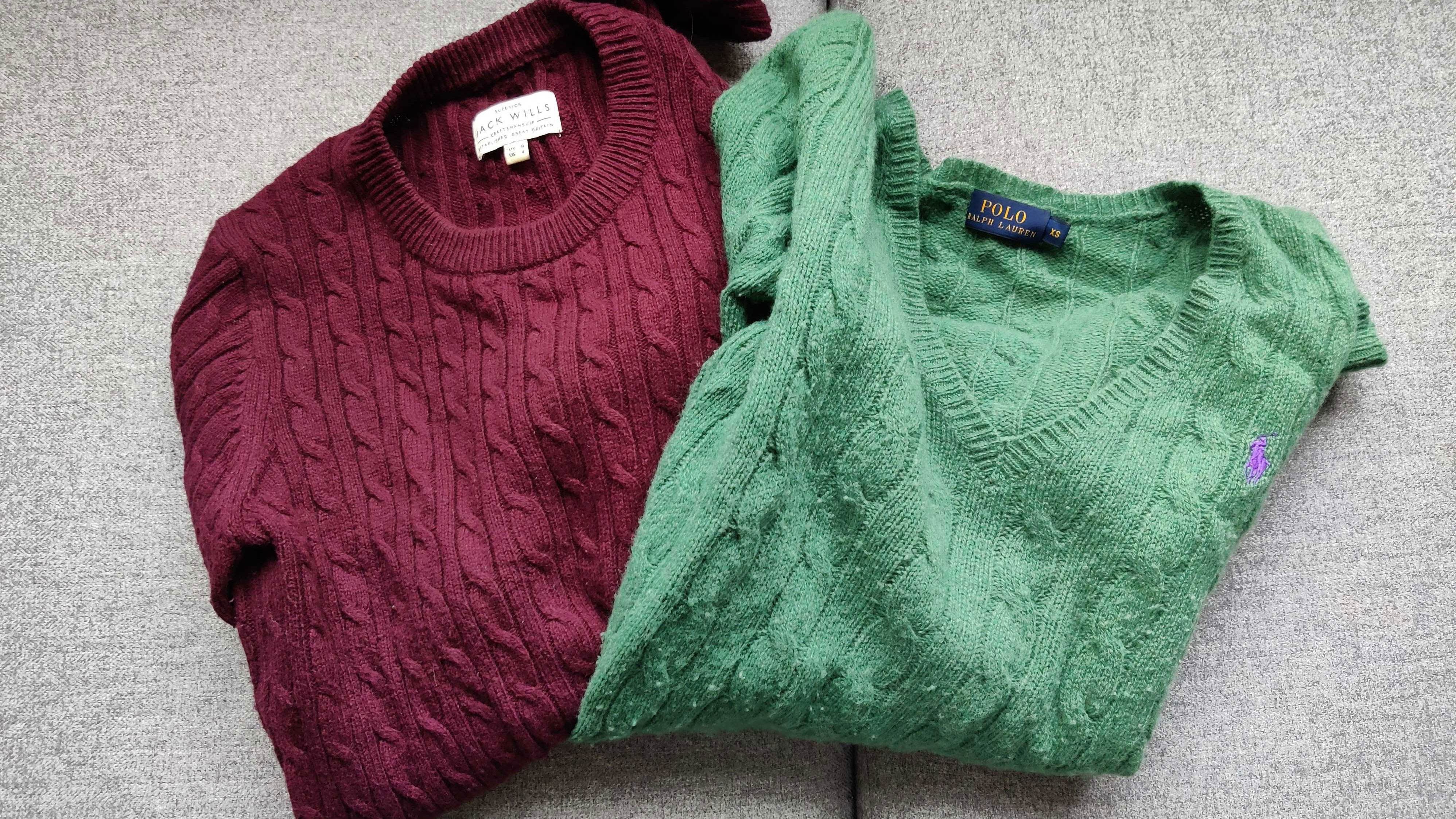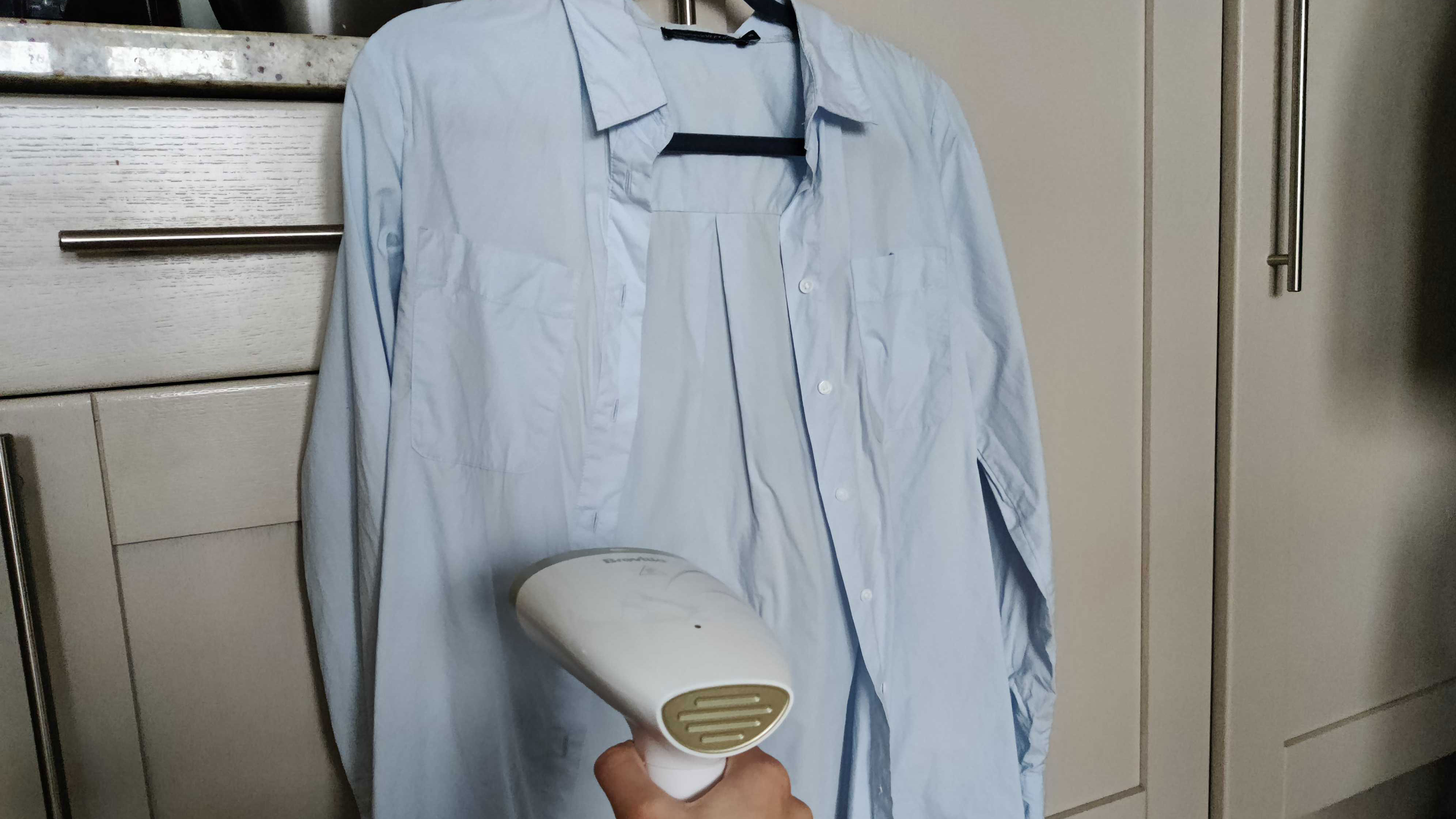I've never been a big spender: apart from coffee, second-hand clothes, and some home decor, my budget is mostly under control. I do have one vice, however: dry cleaning.
Until two months ago, the little symbols on my clothes' labels were like a foreign language to me (even the ones that weren't). I lumped my "everyday" clothes into my laundry basket and cleaned them indiscriminately, regardless of color and material. Socks, fine underwear, activewear, towels, cotton, and jeans were all merrily thrown into my washer while I prayed for them to come out looking okay.
That left fragile items like cashmere jumpers, blazers, nice scarves, and silk blouses. What was I meant to do with those? My answer was heading straight to the dry cleaners about once a month. The result? Crisp, clean clothes, and a hefty bill.
At the end of 2022, I realized my dry cleaning habit was costing me more than I could afford, and I could save a significant amount of money by just learning to take care of my clothes better and investing in items such as the best iron. After a few months of learning and only a few simple items bought, I'm pleased to say my monthly dry cleaning bill is at least $100 lower.
Here are some of the things I do to save money on washing and dry cleaning:
Wash clothes less often
This one seems counterintuitive - if you want better-looking clothes, surely washing them less isn't a good solution?
It turns out our clothes don't need washing nearly as often as we think they do. I used to wear an outfit and throw it in the laundry basket that same evening, but I've now switched to washing t-shirts and tops every few wears (depending on the amount I've sweated in them, of course) and trousers every few weeks.
This is very applicable to denim in particular: as it's a tough fabric, it really doesn't need to be washed often at all. But if you do want to give your jeans a periodic wash, turn them inside out to avoid damaging them.
Washing clothes less ultimately reduces damage and strain caused by throwing them in the washer or dryer, which means they'll last longer.
Load the washer less
A big laundry mistake is loading up your washer too much. Overloading means your clothes won't be washed as efficiently as the detergent doesn't reach all of them, and they'll take longer to dry as they won't spin as well. It's also a habit that can damage your washer, reducing its lifespan.
For more tips on loading your washer, check out our laundry tips article.
Run colder cycles
As well as not separating my dark, colored, and white laundry, I used to make use of the same mid-temperature (50 degrees Celsius) wash cycle for all of my cotton and synthetic clothes.
Cold washes are just as efficient and better for your fabrics, reducing the risk of shrinking and damage. Now, I set my wash cycles to 30 or 40 degrees Celsius, which contributes to reducing my energy bills.
Handwash delicate fabrics
A few months ago, I was throwing my delicates in with the rest of my laundry. This would result in loose elastics and threads, which meant I had to regularly replace them.
After some time spent deciphering the symbols on labels, I found out the best way to take care of fragile pieces is by handwashing them. I've invested in an eco-friendly laundry detergent by Ecover ($26 for 25.5 fl. oz. at Amazon), and I use one teaspoon in cold water to wash my delicates. I rinse and wring them gently before letting them dry on a rack, reducing the risk of tears and damage.
Learn to take care of knits
Jumpers were actually the reason I went to the dry cleaners' so often. I was so scared of my jumpers shrinking that I took them to be cleaned at least once a month, every few wears.
In fact, the harsh chemicals used by some dry cleaners can contribute to damaging your cashmere and woolen knits in the long run - hand washing them at home is one of the best things you can do to make them last.
Similarly to the delicates above, I usually wash my knits in a bowlful of cool water and a teaspoon of gentle detergent, letting them soak for at least ten minutes before thoroughly rinsing them.
If you don't want to hand wash sweaters, you can also pop them in the washing machine - the one condition is investing in quality laundry bags (like these, which are $14.99 for 7 at Amazon). Simply turn the sweater inside out, roll it tightly, and place it inside a laundry bag, securing it well. Then pop it in your washer with the appropriate detergent and put your normal cycle on.
Drying is a tricky process - you have to be careful not to wring them out so they won't lose their shape, but you can remove the excess water from your sweaters by gently applying pressure to them, then leave them to dry flat on a drying rack.

Shun the dryer
Most fabrics don't fare particularly well in a tumble dryer. While it's fine for everyday clothes once in a while or if you're in a time crunch, regularly using your dryer for clothes will wear them out quicker. This particularly applies to fragile fabrics, including nylon, lycra, lace, fine cotton shirts, and, of course, wool and cashmere.
If you live in a small flat with limited space for a drying rack, it might be a handy solution - but it's a surefire way to damage your fabrics. We've written a handy guide on how to dry your laundry fast without a dryer here.
Invest in a steamer
Anyone who knows me knows that ironing is my pet peeve. No matter how long I spend doing it, my shirts still look creased, and the ironing board takes up a lot of space in my small flat. One solution could be to stop wearing items that need ironing, but I love my Oxford shirts too much to do that.
Enter the steamer. I bought one last Black Friday, and I can safely say it has changed my life and saved me a considerable amount of money. These nifty appliances can be bought for as little as $20, like this Conair garment steamer, which is currently on sale for $19.99 at Amazon.
Instead of bringing a pile of shirts to the dry cleaners to be ironed every month, I now whip out my handheld steamer on Sunday nights and work on my shirts, blazers, and dresses before hanging them up in my closet.
It takes a lot less time than ironing, I get much better results, and the small appliance fits neatly inside my cupboard. Win-win-win.
To this day, I still take a pile of clothes to the dry cleaners every month. The pile is now a lot smaller, however, and it only contains fabrics that are not recommended to wash at home (silk, leather, suede).
By learning a few tips and tricks, I've saved myself a considerable amount of money on clothes, energy bills, and, of course, dry cleaning. I hope you can take some of these away and do the same!
If you're looking to upgrade your home laundry setup for less, check out our guide to the best washer dryer deals.

